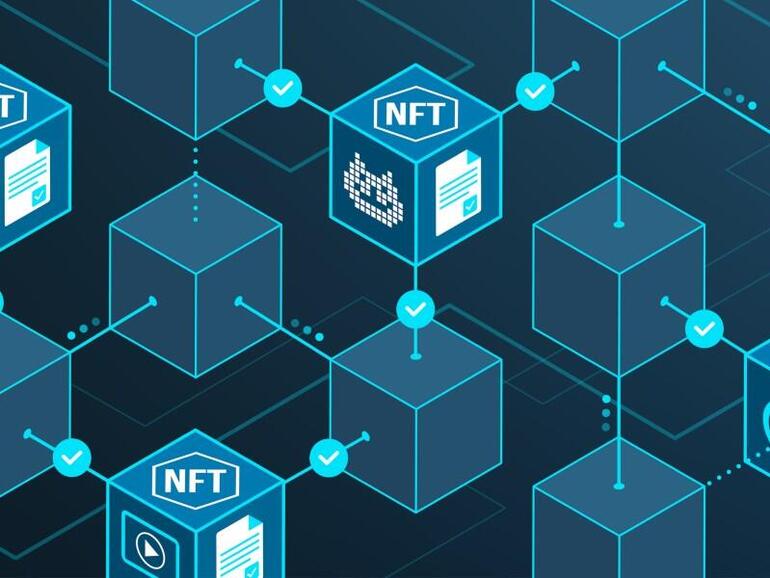Billions have changed hands since NFTs became popular a few years ago, and the market has consistently grown in spite of its characteristic volatility. Some of the highest-selling NFT art are Pak’s “The Merge” which was bought for $91 million and another piece from him, “Clock” that was sold for $52 million. Interestingly, each of these NFT art is owned by several collectors and not just one owner.
Non-fungible tokens or NFTs are unique assets that exist in the digital world, representing real-world objects. Aside from NFT art like digital paintings, there are other types of NFTs, such as photographs, memes, sports moments and audio clips. Some are considered rarer than the others, which affects the pricing.
It is true that these intangible items are easily copied, pirated or printed and that individuals steal and sell what others have created. But authenticity matters to serious purchasers; and buying NFT art or collectibles allows them to own the genuine article.
NFTs are being sold both in online marketplaces and highly respected auction houses like Sotheby’s, so the transactions that happen daily cannot be treated as a joke. Payments may be made using a credit card, although there are marketplaces that ask participants to open a digital wallet and use cryptocurrency for transactions.
Transparency is something that buyers appreciate when considering making a purchase, and this is actually one of the best points when trading and selling NFTs. Not only is the ownership of each NFT art securely and immutably stored on the blockchain, but every transaction and transfer of ownership is recorded and made available to the next buyer for verification.
As real money is involved when dealing with NFTs, it is important to validate and track NFT transactions when trading, buying or selling them. By doing this, one can trace and contact the previous and current token owners if necessary. One must also be sure when and where the payments actually go and if these are properly received by the right person.
All NFTs are governed by smart contract rules. And in cases wherein it is stipulated that an NFT creator retains a percentage of each resale of his work, tracking the transfers and transactions lets them know who currently holds his creation. It also lets them know the exact amount remitted to their account.
Another reason a person must verify if the sale is successful is the possibility that a purchase was not completed or if the transaction failed. For instance, failed transactions of the Stoner Cats NFT sale on the Ethereum network last year amounted to about $790,000.
Since failed transactions usually do not mean having the cryptocurrency spent returned to the buyer, it is best to double check all transactions. If possible, it is recommended to not purchase NFTs when there is a surge in transactions, such as a limited-time event. It is best to also do some research on the blockchain used by the NFT. In the case of Ethereum, it is known for having high transaction fees and failed transactions when the network is clogged.
Even though NFTs provide transparency and the technology has reduced fraud in the digital asset market, there are still scammers who manage to take advantage of enthusiastic buyers. Also, many NFT platforms out there are popular, but use inefficient and unscalable blockchains. Doing research and double-checking each transaction are the responsibility of the buyer.















Add Comment